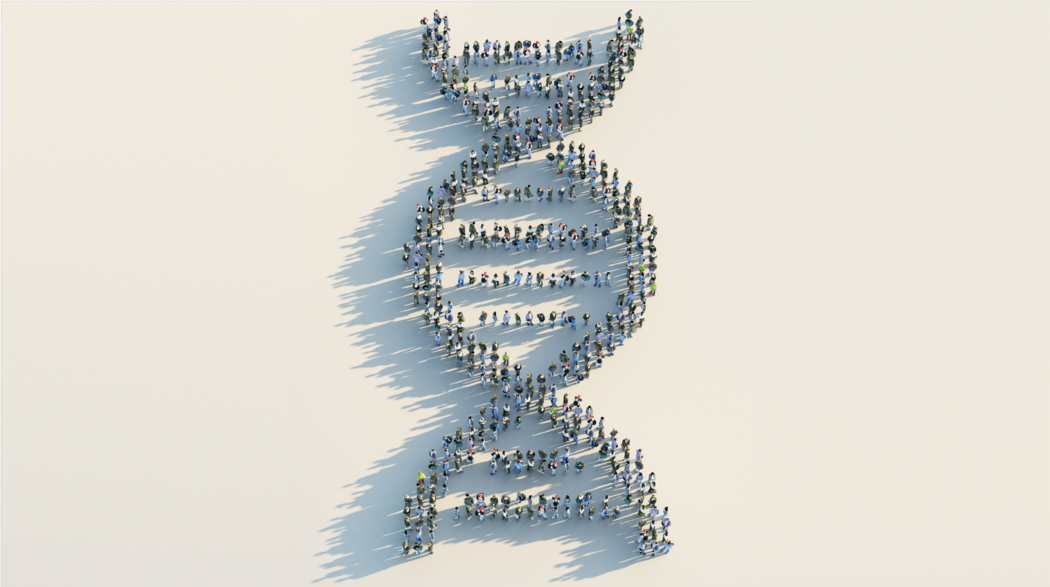
There’s never been a more challenging – or rewarding – time to work in human resources.
 So says Cindy Ryan, chief human resources officer at Cigna Corporation (left), who shared her thoughts about how HR has evolved over the years, the importance of employee experience and culture-related work in 2022, and why improving workforce health and vitality is the cornerstone of a successful and productive workforce.
So says Cindy Ryan, chief human resources officer at Cigna Corporation (left), who shared her thoughts about how HR has evolved over the years, the importance of employee experience and culture-related work in 2022, and why improving workforce health and vitality is the cornerstone of a successful and productive workforce.
If there’s one takeaway from Ryan’s insightful interview, it’s that businesses are currently undergoing a people-focused transformation that will shape the future of work in terms of how work gets done, when it gets done, and where it gets done. Read on for her expertise on what HR professionals need to do differently in 2022 – and beyond.
Why is HR – employee experience and culture-oriented work, specifically – getting a heightened focus right now?
There are two forces at work here. I think the focus on employee health and well-being started well before the pandemic, but it really stood front and center when businesses all over the world were forced to close down their offices and employees began to work from home. The pandemic has shined a light on mental health issues. Our own Cigna claims data bears this out: We saw a 27% increase in outpatient behavioral health visits in 2020 over 2019. COVID-19 has forced companies to prioritize employee health and well-being more than they ever have before.
On the other hand, I would say that employee expectations – particularly among the younger generations (Millennial and Gen Z), who make up the bulk of the workforce in the United States – have been changing even before the pandemic started. A Gallup poll found that employees of all generations want to work for companies that care about their well-being. In fact they rank it in their top three criteria when looking for a job. For Millennials and Generation Z, it's their No. 1 workplace want.
COVID has also forced many people to pause and think about what is truly important to them. Some are calling it “The Great Resignation.” According to the Bureau of Labor and Statistics, more than 4 million Americans quit their jobs in July 2021 alone. Many of them didn’t have another job lined up. The truth is that people have realized that they want to feel valued, accepted, included, and cared about at work. And they are willing to leave a job to find that. This puts the onus squarely on HR to drive a transformation within organizations, reorienting the focus on fostering a workplace of health and well-being where each and every employee feels supported, respected, and that they can bring their whole selves to work.
Can you talk about this notion of whole-person health – and how it calls for a change in how companies think about employee benefits?
Whole-person health means thinking about well-being beyond just physical health to include emotional health, intellectual health, financial health, environmental health, and people’s physical environments, as well as family health. The truth is, there isn’t a one size-fits-all approach to a whole-person health and well-being benefit structure. Different employees want different things.
This calls for a new approach to benefits, which at Cigna, we believe must be tailored to the individual needs of our employees. We’ve seen success in developing employee personas – defining employee groups within the organization based on similar traits, experiences, and behaviors – and creating benefit plans and programs that fit their needs. Focusing on personas helps us to be more personalized and relevant when it comes to our people’s needs.
Everyone’s talking about hybrid work. What does that mean to Cigna?
I think that when most people talk about hybrid they are talking about location and a mix of co-located and dispersed teams. But it is more than that. At Cigna, hybrid work calls for a different mindset. It’s this flexibility that allows each individual employee to work with us to find the dynamic that suits their lives best. For some, this might mean spending half their time in the office and the other half at home. Others might opt to come into the office all the time or hardly ever. Hybrid is also tied to how work get done, when work needs to get done, and where work gets done.
As an HR function, this means training our leaders to think differently about leadership and how work gets done in the future. We’re living in very different times and things are changing fast. This has set different expectations for leaders today that call on different skills and interactions. It is a fantastic time to be in HR because there is a people-first transformation happening throughout businesses today, and the human resources function is squarely in the middle of it. It’ll call for new programming, design, modalities, and mindsets – and the companies that get it right will be well positioned for business success.
How do workplace health and well-being strategies need to change as part of the hybrid future of work? Seems like they’ve typically been reliant on employees coming to the office (think: fitness classes, health clinics on site, etc.). What does employee experience look like for a hybrid workforce?
Our teams at Cigna are spending a lot of time thinking about this. We’re calling it “anyplace health,” and it means having both on-site experiences for employees who would prefer that, mixed with virtual options that are accessible anywhere.
Cigna's on-site fitness centers are an example. The team who runs our in-office fitness centers had to quickly pivot their efforts when COVID forced the closure of those areas in our offices. The 15 for YOU program, which had historically been offered on-site to help employees recharge and relax, was made into virtual, on-demand sessions and made available to any employee at any time. The end goal is to allow employees to build a sustainable routine around fitness where they can fit in a class, regardless of where they are – at home or in the office. That’s just one of the resources that we’ve had to rethink and pivot for the future.
And that’s really the strategy for us going forward: Creating this consistency of experiences across a number of modalities. At the end of the day, that’s what consumers expect. Companies like Amazon, Netflix, and others are truly setting the bar high for people in terms of the experiences they expect to have online.
Technology will definitely play a role in enabling this type of fluid employee experience – but it’s still the early days, and I don’t believe that anyone really has it all figured out. It’s going to take testing and learning. And hybrid doesn’t mean we don’t ever all meet in person anymore, either. It means being more thoughtful around when it makes sense to do work together, and when it’s OK to work together while being physically apart.
We know that diversity and inclusion is key to business success. But how does a diverse and inclusive work culture also impact employee health and well-being? Can you help me make that connection?
There’s a lot of research out there that says that organizations that proactively commit to expanding their DEI efforts simultaneously improve their employees’ well-being. They all point to similar findings: Inclusive workplaces improve job satisfaction, support work-life balance, and promote connection with others, which all lead to improved well-being and better business and workforce vitality.
And it makes sense. An individual really can only find a sense of well-being and vitality when they are working for an organization that allows them to feel comfortable enough to bring their whole self to work. The more we all stretch to create space for lots of different people and perspectives, the better we are at creating space for others who aren’t like us. Diversity is about more than race and gender. Companies need to make space for diversity in thinking, experience, background, and other life elements, in addition to all the things we typically think of when we talk about diversity.
If an individual is not comfortable bringing their whole self to work – including all the things they feel are most important to their identity – it can result in a mental health dissonance and, ultimately, lower productivity. It all goes back to belonging and feeling like you are a valued and respected part of the team.

Learn More Ways to Foster a Happy, Healthy Workforce
Browse through our thought leadership content and resources on what it is going to take to attract and retain top talent in the future of work.